Use Case Overview
Research & Development (R&D) teams in life sciences often build internal tools, models, and data pipelines to support experiments, trials, and regulatory submissions. These custom applications drive innovation but are often developed quickly, with limited oversight on code standards.
AI can act as a partner to software engineers and scientists, ensuring consistency, reducing errors, and accelerating delivery without sacrificing compliance.
Strategic Business Goals Supported
Solution Capabilities
LET’S TALK
Select a time on our calendar & the best Industry & Solutions Expert will meet with you.
There’s more to explore at Smartbridge.com!
Sign up to be notified when we publish articles, news, videos and more!
Other ways to
follow us:



